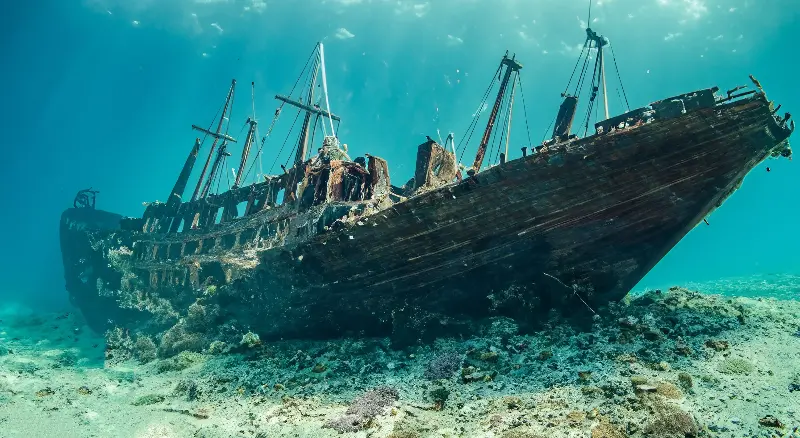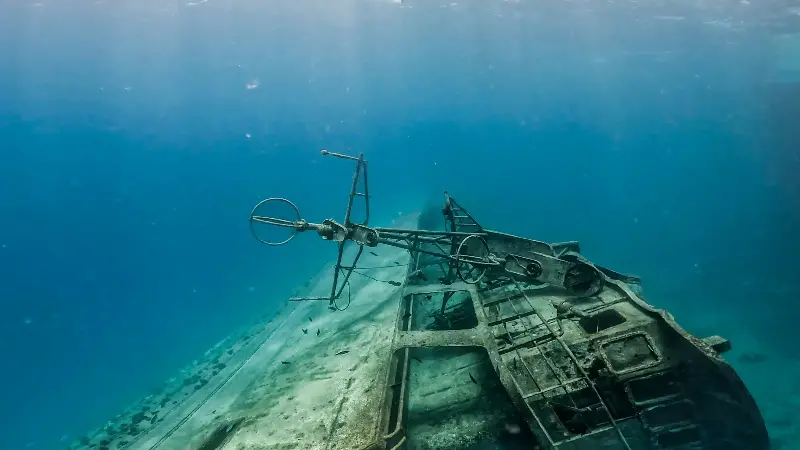Beneath the ocean’s glimmering surface lies a captivating world where history and nature intertwine—one shaped by the silent resting places of sunken ships. From pirates’ galleons brimming with gold to legendary warships lost in battle, shipwrecks have captured our curiosity for centuries. These underwater time capsules hold clues to mysteries long unsolved, waiting for divers and historians to uncover the secrets and treasures they protect. Join us as we explore the most fascinating mysteries of sunken ships and the discoveries that continue to surface from the deep.

The Lure of Lost Treasures and Forgotten Empires
For millennia, the high seas have been highways of trade, exploration, and conflict. As ships vanished beneath the waves, so too did the fortunes and stories they carried. Tales of hidden treasures and sunken riches have sparked countless expeditions, inspiring both adventurers and scholars alike.
One of the most famous sunken treasures is the cargo of the Spanish galleons from the 17th and 18th centuries. Laden with gold, silver, and precious jewels from the New World, these ships often met their end in hurricanes or at the hands of pirates. The Nuestra Señora de Atocha, for example, sank off the coast of Florida in 1622 with an estimated $400 million in cargo. Discovered by treasure hunter Mel Fisher in 1985, the Atocha’s discovery made headlines, but experts believe more cargo and other galleons still slumber on the seabed, awaiting discovery.
Unraveling the Mysteries of Naval History
Shipwrecks are more than treasure chests; they are archives of naval innovation, human endeavor, and sometimes, tragedy. The Titanic, perhaps the world’s most renowned shipwreck, sank in 1912 on its maiden voyage, after striking an iceberg in the North Atlantic. When the wreck was finally discovered in 1985, 12,500 feet below the surface, it offered a glimpse into Edwardian life and ship design, spurring new safety regulations and maritime research.
The HMS Erebus and HMS Terror, part of Sir John Franklin’s doomed Arctic expedition in the 1840s, vanished under mysterious circumstances. Only recently were their locations pinpointed in Canada’s frigid waters. Artifacts preserved for over a century in the cold dark reveal the crew’s desperate struggle for survival and provide answers to questions historians had speculated about for decades.

Unearthing Cultural and Archaeological Wonders
Not all shipwrecks were grand warships or treasure fleets—some were humble trade vessels whose remains tell us about daily life, trade routes, and ancient cultures. The Uluburun wreck, discovered off Turkey’s coast, dates back to the Late Bronze Age (around 1300 BCE). Its cargo included copper ingots, glass beads, ivory, and rare ceremonial items, providing rare evidence of early Mediterranean commerce and craftsmanship.
The Antikythera shipwreck, also off Greece, yielded the Antikythera mechanism—a complex, gear-driven device considered the world’s first analog computer. Used to predict astronomical positions and eclipses, it astounded scientists and offered a tantalizing glimpse into the technological sophistication of the ancient Greeks.
How Modern Technology Is Cracking Old Mysteries
Advancements in underwater robotics, sonar mapping, and high-resolution photography are revolutionizing shipwreck exploration. These tools help locate, survey, and even reconstruct the stories of sunken vessels in ways that were once unimaginable.
For example, the search for the German battleship Bismarck remained fruitless for decades until remote-operated vehicles made deep dives possible. Similarly, using submersibles and remotely operated vehicles (ROVs), explorers continue to scan the world’s oceans, uncovering forgotten wrecks from both World Wars. The ability to explore these sites with minimal disturbance means that new shipwrecks are being found faster than ever, and with greater respect for the delicate balance between archaeological study and marine conservation.
